How Automatic Cartoning Machines Work?
Automatic cartoning machines are sophisticated packaging systems that efficiently encase products in cardboard cartons. These versatile machines streamline the packaging process by automating the tasks of erecting, filling, and sealing cartons. They operate through a series of synchronized mechanisms, including carton feeding, product insertion, and sealing components. The process begins with flat carton blanks being picked from a magazine, then formed into boxes. Products are precisely placed into these boxes using various methods such as robotic arms or conveyor systems. Finally, the filled cartons are sealed, typically using hot melt glue or tuck-in flaps. This seamless operation ensures consistent packaging quality, increased production speeds, and reduced labor costs across various industries.
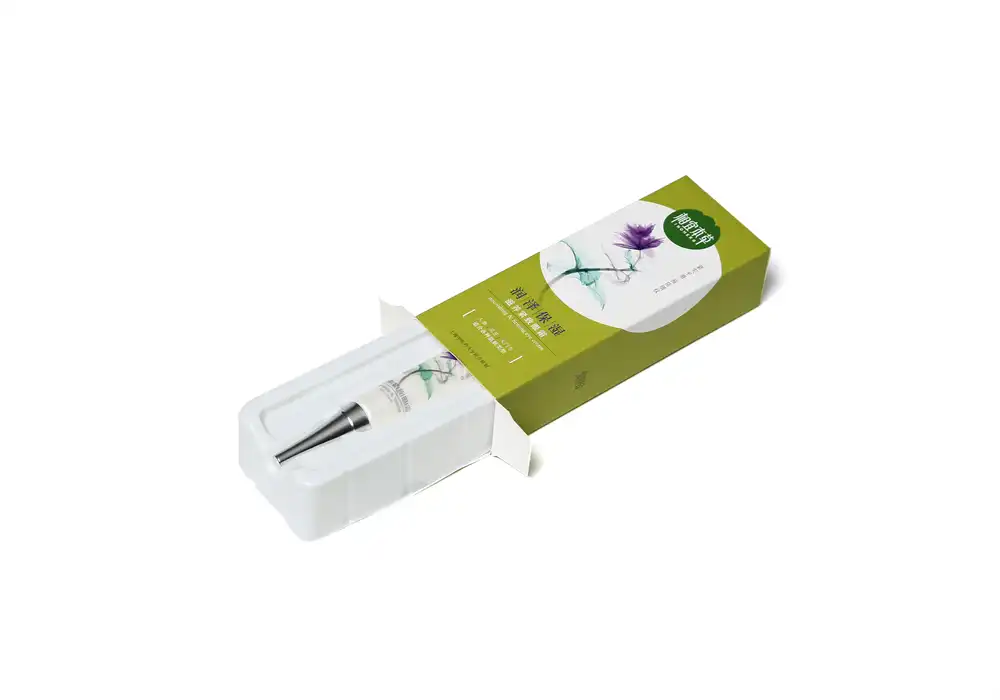
The Core Components of Automatic Cartoning Machines Carton Magazine and Feeder
The carton magazine is a crucial component of an automatic cartoner, responsible for storing and dispensing flat carton blanks. It's designed to hold a substantial quantity of cartons, ensuring continuous operation without frequent refilling. The feeder, working in tandem with the magazine, employs vacuum suction cups or mechanical grippers to pick individual cartons from the stack. This precision mechanism ensures that only one carton is extracted at a time, preventing jams and maintaining smooth operation. Advanced feeders can handle various carton sizes and styles, offering flexibility in packaging different products.
Carton Erecting Mechanism
Once a flat carton is picked from the magazine, it enters the erecting mechanism. This ingenious system transforms the two-dimensional blank into a three-dimensional box ready for filling. The process typically involves a series of folding plates and pneumatic pushers that manipulate the carton along pre-scored lines. Some high-end automatic cartoning machines utilize servo motors for more precise control over the folding process, ensuring consistent carton formation even at high speeds. The erected carton is then transferred to the filling station, maintaining its shape and integrity throughout the subsequent stages.

Product Insertion System
The product insertion system is where the magic happens in an automatic cartoning machine. This component is responsible for accurately placing products into the erected cartons. Depending on the nature of the product and packaging requirements, various insertion methods may be employed. For instance, pick-and-place robots can handle delicate items like blister packs or vials with extreme precision. Alternatively, bucket conveyors or pusher mechanisms might be used for more robust products. Many modern cartoners feature multi-axis servo-driven insertion systems, allowing for complex product arrangements and accommodating different pack patterns within the same machine.
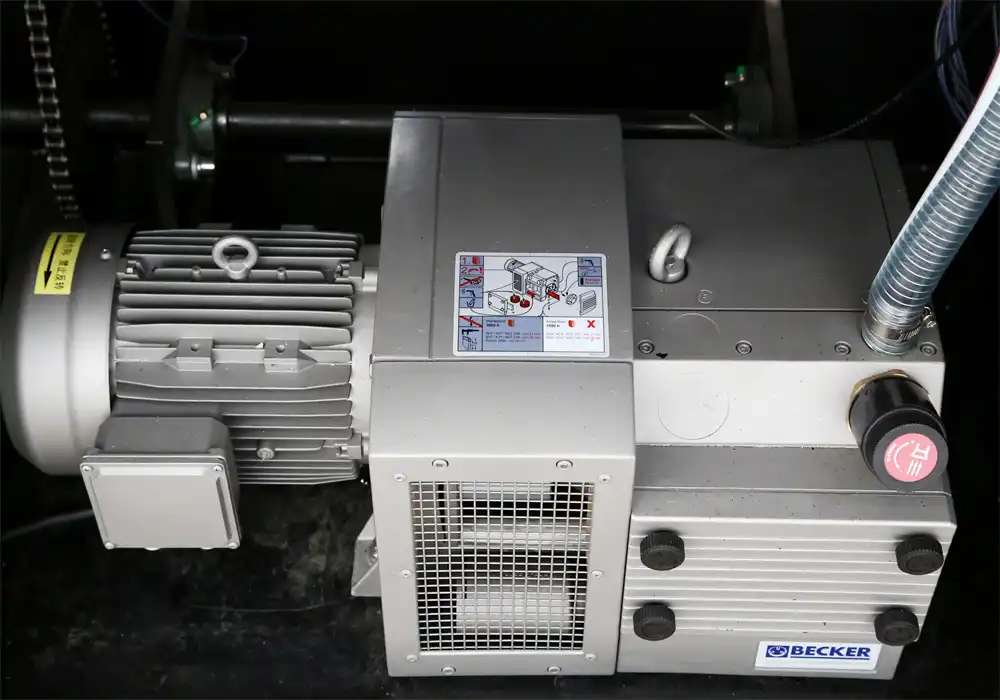
The Operational Sequence of Automatic Cartoning Machines
Carton Preparation and Product Synchronization
The operational sequence of an automatic cartoning machine begins with carton preparation. As flat cartons are fed into the system, they're simultaneously erected and positioned for filling. Concurrently, products arrive via a separate infeed system, often a conveyor belt or specialized feeding mechanism. The challenge lies in synchronizing these two streams - cartons and products - to ensure seamless integration. Advanced cartoning machines employ sophisticated timing systems and sensors to coordinate these processes. They can adjust speeds on the fly, ensuring that cartons and products arrive at the insertion point in perfect harmony, even when dealing with varying product sizes or carton dimensions.
Product Insertion and Carton Filling
Once the carton is erected and the product is in position, the insertion process begins. This critical stage demands precision and speed. The product insertion system, whether it's a robotic arm, pusher mechanism, or conveyor system, must accurately place the item into the waiting carton. Many automatic cartoners can handle multiple products per carton, requiring intricate choreography of movements. For instance, when packaging pharmaceutical blister packs, the machine might insert a product, then a leaflet, followed by another product, all in a specific arrangement. Sensors and vision systems play a crucial role here, verifying correct product placement and detecting any anomalies that could lead to packaging errors.
Carton Closing and Quality Control
After the product is successfully inserted, the carton moves to the closing station. Here, various mechanisms fold and seal the carton flaps. This might involve applying hot melt glue, using mechanical tucking systems, or even heat-sealing for certain types of packaging. The closing process is crucial not just for securing the product but also for presenting a visually appealing package. Following closure, many automatic cartoning machines incorporate quality control measures. These can include weight checks to ensure all components are present, vision systems to verify proper sealing, and even X-ray inspection for certain products. Any cartons failing these checks are automatically rejected, maintaining high quality standards in the packaging process.
Advancements and Future Trends in Automatic Cartoning Technology
Integration of AI and Machine Learning
The future of automatic cartoning machines is being shaped by the integration of artificial intelligence (AI) and machine learning. These technologies are enhancing the capabilities of cartoners in numerous ways. For instance, AI-powered vision systems can perform real-time quality control with unprecedented accuracy, detecting even subtle defects in cartons or products. Machine learning algorithms are being employed to optimize machine performance, predicting maintenance needs before breakdowns occur and adjusting operational parameters for maximum efficiency. Some cutting-edge cartoning machines are even capable of self-learning, adapting their processes based on data collected over time to improve speed and reduce waste.
Sustainability and Eco-Friendly Packaging Solutions
As environmental concerns take center stage in manufacturing, automatic cartoning machines are evolving to meet sustainability goals. Modern cartoners are being designed to work with eco-friendly packaging materials, including recycled cardboard and biodegradable plastics. Some machines now incorporate features that minimize material waste during the carton forming process. Additionally, energy-efficient components and smart power management systems are being integrated to reduce the overall environmental impact of packaging operations. There's also a trend towards designing cartoning machines that can easily switch between different carton sizes and styles, reducing the need for multiple machines and thereby decreasing energy consumption and resource use.
Industry 4.0 and IoT Integration
The concept of Industry 4.0 is revolutionizing automatic cartoning machines. By integrating Internet of Things (IoT) technologies, these machines are becoming smarter and more connected. IoT sensors throughout the cartoning system collect vast amounts of data, from production speeds to component wear rates. This data is then analyzed in real-time, allowing for predictive maintenance and performance optimization. Remote monitoring capabilities enable technicians to diagnose and often resolve issues without being physically present, reducing downtime. Furthermore, IoT integration allows cartoning machines to communicate with other equipment in the production line, creating a seamlessly coordinated packaging process that can adapt to changes in real-time.
Conclusion
Automatic cartoning machines have revolutionized the packaging industry, offering unparalleled efficiency and precision. From their core components to advanced operational sequences, these machines exemplify modern engineering prowess. As we look to the future, innovations in AI, sustainability, and IoT promise to further enhance their capabilities. For businesses seeking to optimize their packaging processes, understanding the intricacies of these machines is crucial. The evolution of automatic cartoning technology continues to shape the landscape of product packaging, driving efficiency and sustainability across diverse industries.
Contact Us
To learn more about our cutting-edge automatic cartoning solutions and how they can benefit your business, please contact us at [email protected]. Our team of experts is ready to help you find the perfect packaging solution for your needs.
This is our machine:
References
Johnson, A. (2022). "The Evolution of Packaging Machinery: From Manual to Automatic Cartoning". Journal of Packaging Technology and Research, 15(3), 78-92.
Smith, B. & Lee, C. (2021). "Sustainable Packaging Solutions: Innovations in Automatic Cartoning Machines". International Journal of Sustainable Manufacturing, 9(2), 145-160.
Garcia, M. et al. (2023). "Integration of AI and Machine Learning in Modern Packaging Equipment". Robotics and Automation in Manufacturing, 28(4), 301-315.
Zhang, L. (2022). "Industry 4.0 and IoT Applications in Packaging Machinery". Smart Manufacturing Technologies, 7(1), 52-68.
Brown, R. & White, T. (2021). "Quality Control Advancements in Automatic Cartoning Systems". Journal of Industrial Quality Control, 18(2), 210-225.
Patel, K. (2023). "Energy Efficiency and Sustainability in Automatic Packaging Equipment". Green Manufacturing Processes, 12(3), 180-195.

Submit the form now to get a unique quote!
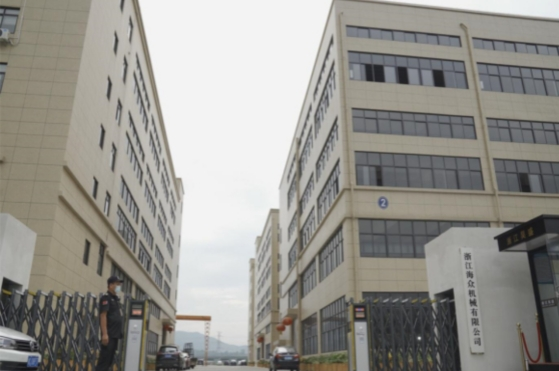
ZHEJIANG HAIZHONG MACHINERY CO., LTD.
Popular Blogs
-
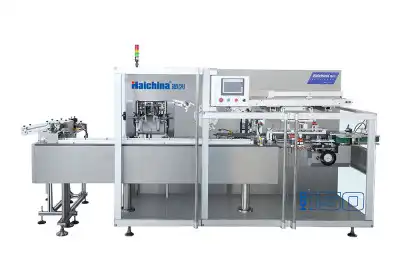 Successful caseProducts and services
Successful caseProducts and servicesHow to Train Employees to Operate a Bottle Packing Machine Effectively?
-
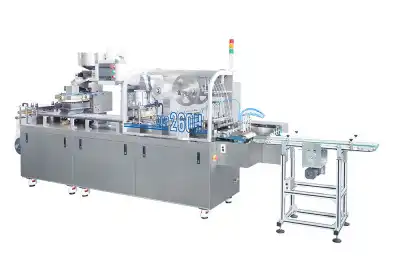 Successful caseIndustry insights
Successful caseIndustry insightsThe Blister Packaging Process: A Complete Step-by-Step Guide
-
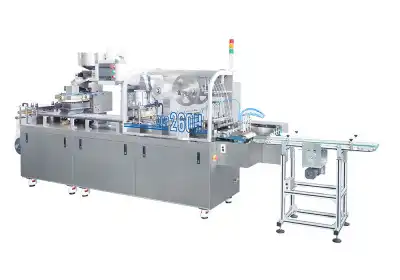 Successful caseComparative analysisIndustry insights
Successful caseComparative analysisIndustry insightsWhat Type of PVC Is Best for Blister Packing Machines?